- HubPages»
- Health»
- Personal Health Information & Self-Help»
- Self-Help for Sleep Issues & Sleeplessness
Are Naps Good for You?
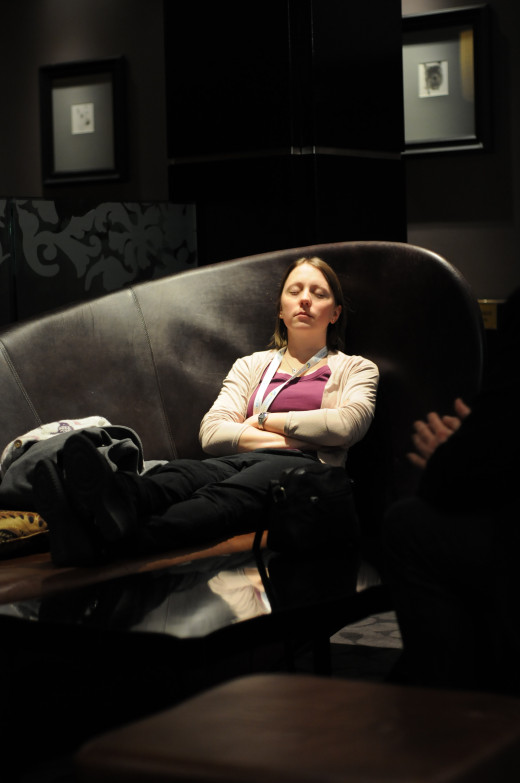
Virtually every mammal on the planet naps – except for humans. For many people, the nap disappeared from the daily regimen at around the same age as blankies and finger painting. In fact, many feel guilty about the very idea of taking naps as adults, as though it were a forbidden pleasure that would distract them from the day-to-day responsibilities that really matter. The fact is, however, that an occasional nap, if you take it in the right way and at the right time, could actually help you be more productive – not less.
Pros and Cons of Napping
The right nap can benefit you both physically and mentally in quite a few different ways. It can leave you feeling refreshed, more alert and more energize. Of course, the wrong nap can have quite the reverse effect, leaving you drowsy and slowing down your mental faculties, as well as making it difficult for you to sleep soundly that night. Some people are simply not “natural nappers,” which means that rather than a brief snooze, they fall into a very deep sleep when they nap in the middle of the day. This type of sleep will leave you feeling drowsy and dazed when you wake up, rather than refreshed and alert, and should be avoided.
Many people treat midafternoon drowsiness with caffeine. However, WebMD reports that, even though the caffeine will make you feel more alert, it may actually impair your memory, increasing the odds of you making mistakes. Quick naps can be a far more beneficial and healthy means of boosting your energy levels, and over time may even lead to more significant and long-term health benefits, such as a reduced chance of developing heart disease and improved immune system function.
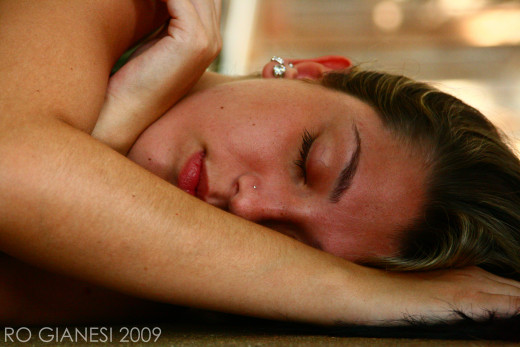
Ideal Naps
An ideal nap will vary somewhat from person to person. However, certain “best napping practices” will apply to almost anyone. If you want to ensure that your nap leaves you feeling rested, alert and energized rather than groggy and drained, you should generally:
- Nap for only between 10 and 30 minutes (for most people), and get up when you awake naturally. If you nap for longer, you will likely feel very drowsy when you do have to wake up, a condition known as sleep inertia.
- Find a warm, dark, quiet place for your nap to ensure that it is as efficient and restful as possible.
- Nap at roughly 2:30 p.m., if possible. In most cases, this is early enough that you will still be able to fall asleep easily later that night, but late enough that an energy boost to fight off the dreaded post-lunch slump will do you good. Of course, you may need to adjust exactly when you nap if your daily schedule is significantly different from that of most people (such as if you work second or third shift).
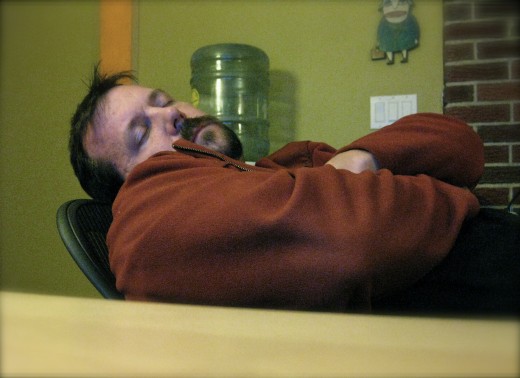
Health Impact
In many cases, a nap will be the perfect way to boost your energy levels on a day that you feel drained or fatigued, such as because of a bad night’s sleep the night before or a sudden change in your sleep schedule. Some people plan a few minutes for a nap every afternoon as part of their routine.
A recent study published in the American Journal of Epidemiology indicated the possibility of a connection between napping and increased mortality rates; however, many experts disagreed with the study’s conclusion, pointing out that the increased mortality was caused by increased cases of dangerous conditions that might lead to drowsiness as a side effect. The napping itself, they felt, was not the problem. For this reason, if you suddenly notice a dramatic rise in your feelings of tiredness or fatigue during the day with no apparent cause, a nap might not be the only necessary solution. You should visit your doctor to ensure that your fatigue is not due to a more serious health condition.
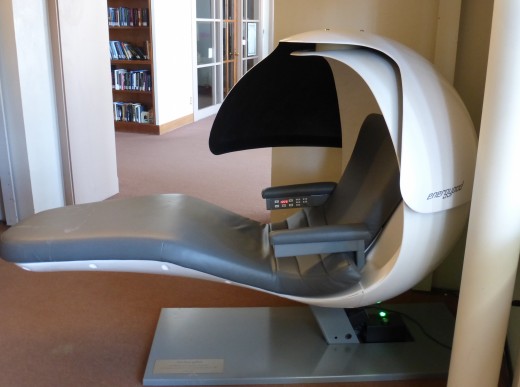
When and Where to Nap
Some cutting-edge modern workplaces are now installing facilities to allow employees to more easily and comfortably take naps. Google, for example, provides high-tech “Energy Pods” that allow employees to completely isolate themselves from their surroundings to catch a few winks. Many slightly less high-tech companies and universities now at least offer a designated room stocked with cots that are available for those in need of a nap.
Of course, if you are not fortunate enough to work at a company or school that offers these facilities, you can always find a way to nap anyway with a little creativity. For example, if you have no other location available at work, you could always use half of a one-hour lunch break to eat and the other half to doze off in your car for a few minutes. You can also purchase an inexpensive device that allows you to convert any desk or table surface into a private, comfortable napping area.

Other Considerations
While not exclusively designed for napping, per se, cuddling salons are certainly intended to help make a nap more restful and relaxing. These salons have sprung up in most major cities in recent years, and allow customers to take naps while next to a professional cuddler. No nudity, sexual contact or kissing is allowed, and all sessions are recorded for the safety of both customer and staff member. If you find it difficult to fall asleep easily by yourself, and one of these facilities is located near you, a cuddling salon could help your precious nap time be more restful and effective.
For most people, a quick nap can provide a far better shot of energy than a cup of coffee or a soda. However, if you struggle with insomnia or similar sleep-related disorders, you should talk to your doctor about whether napping would help or hurt your condition.
About how often do you take a nap?
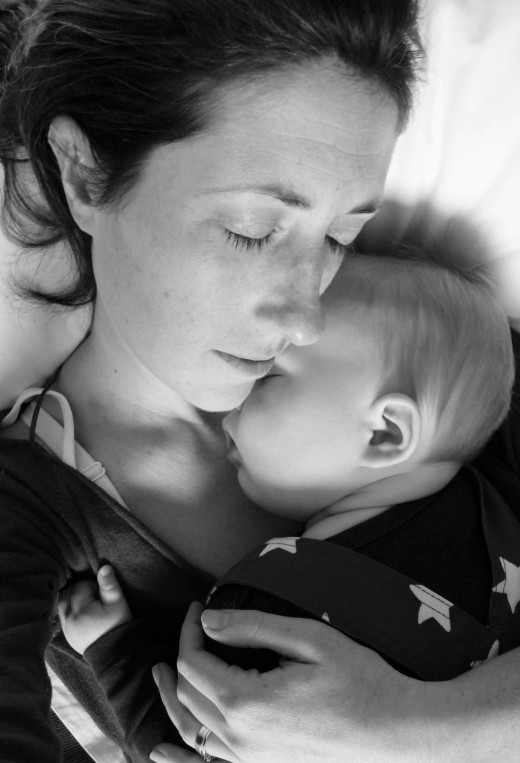
References
Mayo Clinic: “Napping: Do’s and Don’ts for Healthy Adults”
National Sleep Foundation: “Napping”
Health Magazine: “The Pros and Cons of Napping”
WebMD: “The Secret (and Surprising) Power of Naps”
Time Magazine: “You Asked: Is It Good or Bad to Take a Nap?”
American Journal of Epidemiology: “Daytime Napping and the Risk of All-Cause and Cause-Specific Mortality: A 13-Year Follow-Up of a British Population”
The Art of Manliness: “Unleash the Power of the Nap”
Harvard Medical School: “Napping May Not Be Such a No-No”
Time Magazine: “Napping Around: Colleges Provide Campus Snooze Rooms”








